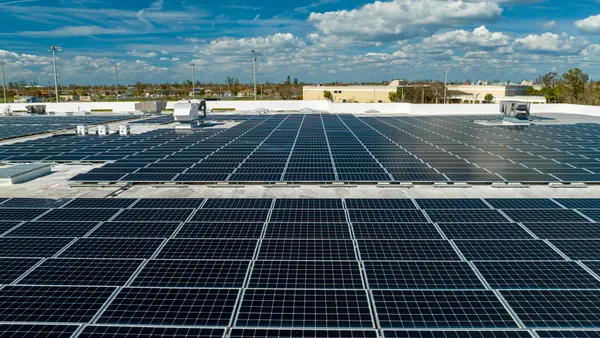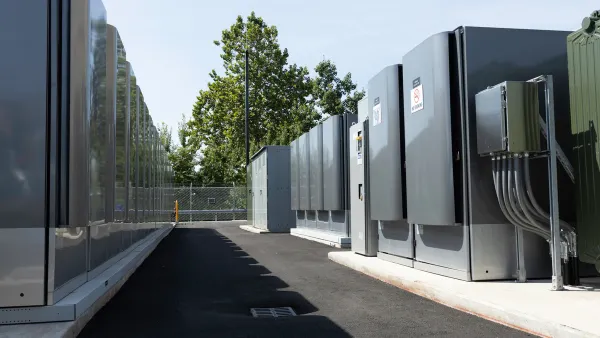Dive Brief:
- Utilities are mostly exposed to risk at the distribution, and more specifically, at the transformer level, Scott Lepold from electric vehicle tech and program implementer FleetCarma told participants at Distributech last week, discussing what the company says is the largest EV charging study to date.
- In a separate session on EV rate design, Erika Myers of the Smart Electric Power Alliance (SEPA) said minimizing upfront costs for customer enrollment, providing meaningful customer choices and tools to make rate selection easier, and adequately funding a marketing strategy to communicate those rates are probably the most important things utilities can do as they design and implement a rate program.
- Phase 2 of FleetCarma's study, which will gather more data through March 2021 to help inform EV infrastructure needs, is expected to launch later this year.
Dive Insight:
FleetCarma launched its Charge the North study in 2017 to capture and analyze real world charging data from 10 electric utilities and a thousand EV owners across Canada, covering residential, public and workplace charging. Phase one ended in 2019 and phase two is expected to launch later this year.
One of the most pressing questions that participating utilities asked was where on the grid do EVs cause a concern and where should they be looking to improve infrastructure, Lepold noted.
"The short answer is you're exposed to risk at the distribution, and more specifically, at the transformer level," he said.
The study also examined the impact of time-of-use (TOU) rates. EV owners follow price signals, Lepold noted, but that can add a secondary peak as owners start charging their vehicles once the TOU rates go into effect in the evening. One thing to consider is how to move that charging to overnight, he said.
SEPA's Myers discussed a separate study done by her group over the course of 2019 in conjunction with the Brattle Group, Enel X and E4TheFuture on what factors increase enrollment in EV rate programs.
The study found that a marketing budget was the highest contributing factor to increasing enrollment levels, though it's oftentimes overlooked in the implementation of an EV rate, Myers noted. "People won't sign up if they don't know about it and the only way they can know about it [is if you] tell them. So marketing is really critical," she said.
"Also we found that if it was a utility-driven initiative, then it was 2.4 times more likely to be successful ... versus if it was required or mandated by a public utility commission or was requested by customers," she said.
Bill savings for average EV customers were also a strong indication, she said, adding that SEPA asked customers how much money they needed to save in order to enroll. "Most of our survey respondents indicated they needed to save at least $100 a year ... But when we asked [utilities] how much monthly bill savings their customers were actually seeing, it was somewhere between zero to 20%," Myers said.
SEPA also asked why customers don't enroll in EV rates.
"Most of their responses were, 'I'm fine with the price of my electricity or it's more expensive after I participate in this rate or it's just too inconvenient and I don't want to be inconvenienced' or those sorts of types of responses," Myers said. But even among those that didn't feel compelled to participate in their utility's EV rate, 75% said that they would be willing to charge off peak, she noted.
She pointed to Xcel Energy in Minnesota, Austin Energy and Braintree Electric light Department as examples of successful EV rate programs.
FleetCarma's Lepold also pointed to the importance of financial incentives in getting people to shift their EV load. But he also highlighted another motivating factor — keeping up with friends and neighbors.
He described a program with Consolidated Edison in New York where participants earn rewards for charging their vehicles off peak, or in the summer months avoiding a certain time period.
"There's also a secondary layer of positive reinforcement to get that desired behavior ... using gamification mechanics" like with a Fitbit where people can earn achievement badges, status, and compete with their friends and colleagues.
"And we're trying to do the same thing for electric vehicles," Lepold said.














